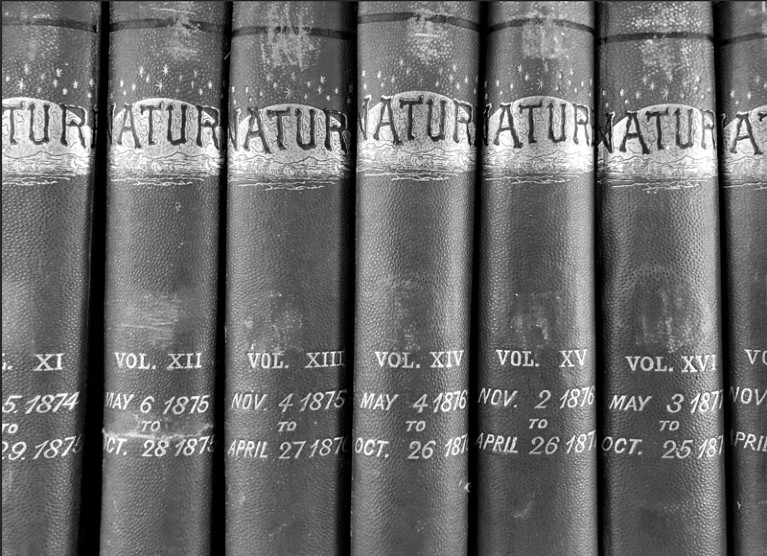
Credit: Nature
Were it not for the enduring name, today’s Nature readers could be forgiven for thinking that an issue from 100 or 150 years ago was a different publication altogether. We have changed enormously, rightly evolving with the needs of the research community. But our 150th anniversary gives an excuse for a little retrospection, and one article format, despite being discontinued in 2006, holds a special place in the hearts of many readers and editors — Brief Communications.
These one-page pieces of original research were a taster menu of the important, interesting, quirky and, on occasion, downright bizarre. They harked back to a time when journals were less organized: in those days, original research in Nature was sometimes hard to pick out from commentaries on current events, reports of meetings and, quite frankly, gossip.
That past is still accessible — the entire Nature archive, dating back to 1869, is available online — and offers some scientific delights. One goal in this anniversary year is to mine some of these gems, so Nature editors picked out a few favourite examples of Brief Communications and its predecessor, Scientific Correspondence. These included New Zealand’s ‘exploding’ mistletoe, a highlight of our 1995 Christmas issue. (Pollinating birds eager to get at the mistletoe flowers twist the unopened, ripe buds, with dramatic consequences.)
Other offerings include the prediction that female sprinters would overtake men in time for the 2156 Olympic Games, based on an extrapolation of the rate at which female athletes were closing the performance gap on their male counterparts; innovative, mathematically inspired ways to knot a tie and the optimum walking speed on Mars — 3.4 kilometres per hour, down from 5.5 on Earth, owing to lower gravity on the red planet. Still more looked at how in-store music affects product choice — in this case, German and French wines; the fractals of Jackson Pollock’s drip paintings; and why popcorn pops when the kernels of its close relatives refuse to. When we bid farewell to Brief Communications, we wrote: “Perhaps today’s pressures are forcing science to become more earnest and more specialized, as well as demanding greater detail in presentation”. Although we do not shy away from the quirky and the delightful, time has shown that this trend in the reporting of original research was well observed.

 Explosive New Zealand mistletoe
Explosive New Zealand mistletoe
 Designing tie knots by random walks
Designing tie knots by random walks
 What makes popcorn pop
What makes popcorn pop







